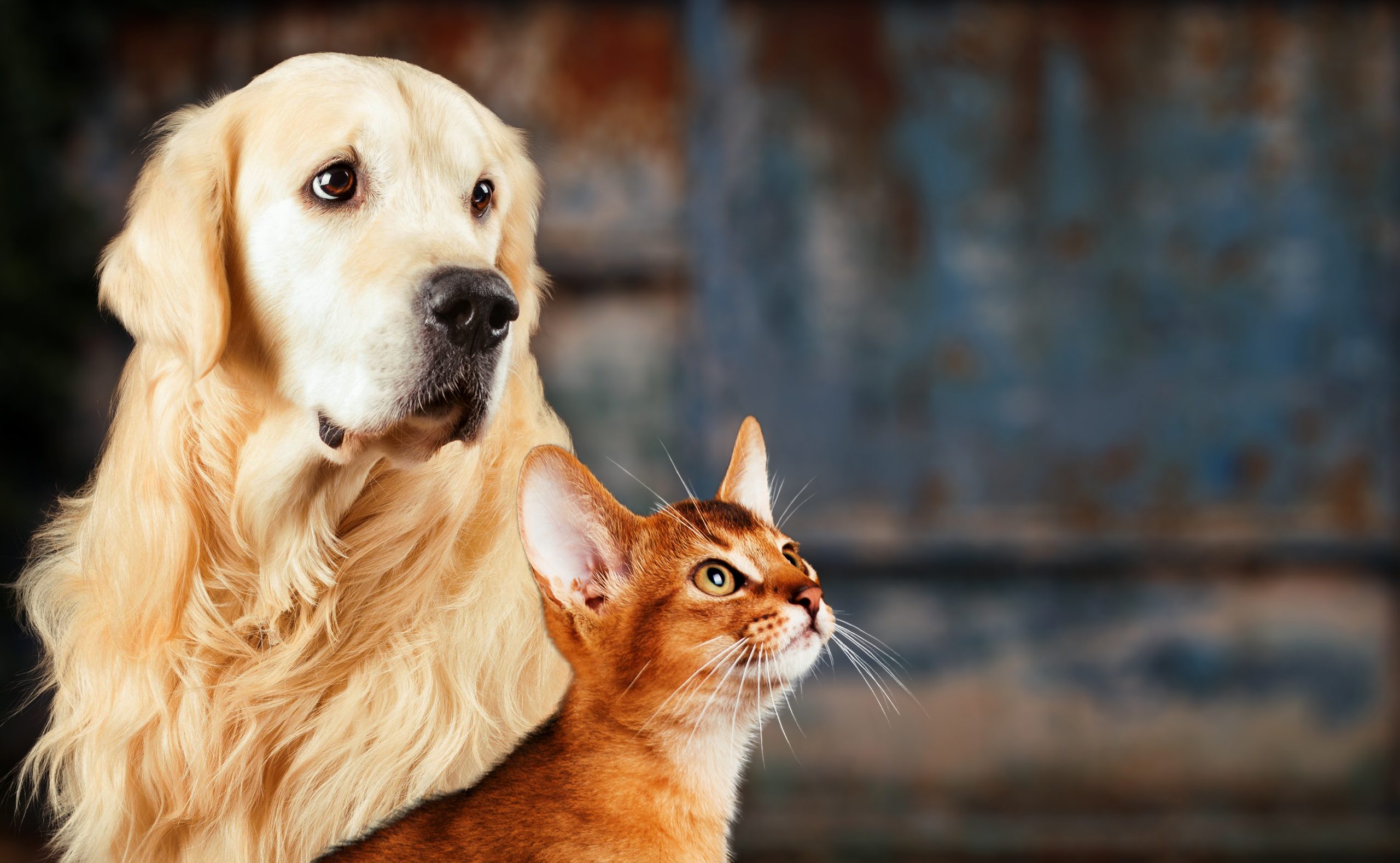How Does Pet Insurance Work? A Comprehensive Explanation

As a pet owner, it’s natural to want the best care for your furry friend, and that includes protecting them with insurance. But how does it work exactly?
In this article, we will break down the ins and outs of pet insurance, from coverage options to claim procedures, giving you a clear understanding of how it can benefit you and your beloved pet. Whether you have a mischievous kitten, a lively puppy, or a senior companion, pet insurance can provide a safety net for unexpected vet bills and medical treatments.
Understanding the Basics of Pet Insurance
Pet insurance is a type of coverage that helps you manage the cost of your pet’s veterinary care.
It operates in a manner akin to human health insurance but is specifically tailored for pets. By remitting a monthly or yearly premium, you unlock various benefits designed to help reduce the costs tied to your pet’s healthcare.
There are several critical components to understanding how pet insurance works.
It’s crucial to understand that pet insurance policies vary in coverage. Accident policies cover unexpected accidents, while Illness and Injury insurance covers both accidents and illnesses. However, it’s important to note that routine care, such as vaccinations or check-ups, is not covered under these types of pet insurance.
Different pet insurance providers offer varying levels of coverage, so it’s essential to review the details of each policy before making a decision. Some plans may limit the amount they will pay out per incident or year, while others may have a deductible that you need to meet before coverage kicks in. Knowing these details is crucial in making an informed decision about the best insurance policy for your pet.
When you enroll in pet insurance, you’ll typically have a waiting period before you can make a claim.
The duration of this waiting period may differ depending on the insurance provider, the coverage type, and your state. Being cognizant of this waiting period and planning accordingly is crucial to guarantee your pet receives protection when it’s most needed.
Pet Insurance Terms
- Accident – Unintended or unexpected event that results in injury.
- Chronic condition – Lifetime chronic condition that includes an illness or injury.
- Claim – Reimbursement request.
- Coinsurance – Deductible – The sum must be paid yearly before veterinary services are rendered.
- Exclusions – Conditions or care that the policy does not cover.
- Maximum lifetime payout – Maximum amount of money that the insurance company will reimburse you during your pup’s lifetime.
- Maximum payout per incident – The amount paid out per injury or illness.
- Maximum payout per year – Also known as the “Annual Limit,” this is the maximum amount paid out annually.
- Medically necessary – Anything that is deemed necessary for the pet’s treatment related to the illness or injury.
- Premium – Annual or monthly insurance payment.
- Pre-existing conditions – One of the most important things to consider when choosing a pet insurance company.
- Preventative care – Routine care such as vaccinations, flea and tick preventative medications, annual wellness exams, etc.
- Waiting period – Waiting time before insurance is activated. During this period, any issues that your pet has are not covered by your policy. Most waiting periods range from 3 days to 6 months, depending on the type of injury or illness.
What is Accident & Illness Pet Insurance Coverage?
Accident and Illness Coverage
This type of coverage includes accidents and a range of illnesses, such as heart diseases, infections, and hereditary conditions. It provides more comprehensive protection for your pet’s health. This type of coverage is ideal for pet owners who want thorough protection for a wide array of health issues, ensuring peace of mind for both common and complex medical needs.
What Factors Should You Consider When Choosing the Right Pet Insurance Policy?
When choosing the right pet insurance policy, you want to make an informed decision, which is the reason why we listed vital factors you should consider:
Annual Limits
Review the maximum payout limits per incident, year, or over the lifetime of your pet. Make sure the limits align with your expectations and potential veterinary costs.
Deductibles
Determine the deductible amount and whether it is per incident, per year, or per condition. While opting for a higher deductible might decrease your monthly insurance costs, it means a larger out-of-pocket expense before the insurance kicks in.
Reimbursement Percentage
Understand the percentage of veterinary costs that the insurance provider will reimburse. Most plans offer reimbursement percentages ranging from 70% to 90%.
Exclusions
Carefully read the policy’s exclusions to understand what is not covered. Standard exclusions include pre-existing conditions, breeding costs, cosmetic procedures, and behavioral issues.
How Do You Enroll In a Pet Insurance Plan?
- Enrolling in a pet insurance plan is straightforward, but it’s essential to gather all necessary information and make an informed decision. Here’s a step-by-step guide on how to enroll in a pet insurance plan:
- Research and Compare: Start by researching different pet insurance providers and comparing their policies. Consider the coverage options, pricing, and reputation of each provider.
- Gather Pet Information: Collect your pet’s details, including their age, breed, and any pre-existing conditions.
- Get Quotes: Request quotes from multiple pet insurance providers based on your pet’s information. Compare the quotes to find the best value for your budget.
- Read the Policy: Carefully read the sample policy documents, if available, of the insurance plans you’re considering. Pay close attention to coverage details, exclusions, waiting periods, and reimbursement percentages.
- Choose a Policy: Once you’ve reviewed the policies and quotes, choose the pet insurance policy that best suits your needs and budget. Contact the provider to proceed with enrollment.
- Fill out the Application Form: Submit the application provided by the insurance provider. You may need to provide your contact information, your pet’s details, and any other required information.
- Review Policy Confirmation: After applying, you’ll receive a policy confirmation from the insurance provider. Review the confirmation to ensure all the details are correct, and contact the provider if you have any questions or concerns.
Making a Claim with Pet Insurance
When your pet needs veterinary care, comprehending the claim procedure is vital for a seamless reimbursement experience.
Here’s a step-by-step guide on claiming with pet insurance:
- Keep Records: Maintain a record of all your pet’s medical history, including diagnoses, treatments, and invoices. This documentation will be essential when filing a claim.
- Contact the Insurance Provider: Contact your insurance provider promptly following your pet’s veterinary treatment. They will assist you with the claims process and supply the required forms.
- Complete Claim Forms: Submit claim forms accurately and provide all the required information. Attach copies of invoices and supporting medical records as requested by the insurance provider.
- Claim Processing: The insurance provider will review your claim and assess its eligibility. This may involve contacting the veterinarian for additional information.
- Reimbursement: Upon your claim is approved, the insurance company will issue a reimbursement per the policy’s terms. This reimbursement may be issued as a check, a direct deposit, or a credit toward upcoming veterinary expenses.
Common Exclusions in Pet Insurance Policies
While pet insurance can provide valuable coverage, it’s essential to understand the standard exclusions that may apply. Exclusions are specific conditions or treatments not covered by the insurance policy. Here are some standard exclusions to be aware of:
- Pre-Existing Conditions: Most pet insurance policies do not cover pre-existing conditions. Pre-existing conditions are a type of illness or injury that your pet had before the policy’s effective date.
- Routine and Preventive Care: Typically, pet insurance plans do not cover routine care such as vaccinations, check-ups, and flea prevention, as these are generally considered part of responsible pet ownership. However, Odie Pet Insurance offers a Wellness Plan that, while not an insurance plan, covers these services and more, providing additional support for your pet’s routine health needs.
- Breeding Costs: If you have a breeding pet, expenses related to breeding, pregnancy, and birth are generally not covered by pet insurance.
- Cosmetic Procedures: Cosmetic procedures, such as tail docking or ear cropping, are usually not covered. Insurance focuses on medical necessities rather than cosmetic enhancements.
Tips for Saving Money on Pet Insurance
Pet insurance can be a worthwhile investment, but it’s natural to want to find ways to save money. Here are some tips to help you get the most value out of your pet insurance policy:
- Consider Higher Deductibles: A higher deductible typically leads to lower monthly premiums. Assess your pet’s health requirements and your financial situation to decide whether a higher deductible is feasible.
- Selecting a lower annual limit and streamlining optional coverages to reduce costs.
- Regularly review and update your policy to ensure it meets your pet’s health needs while remaining cost-effective.
- Enroll Your Pet at a Young Age: Insurance premiums are lower for younger pets. Enrolling your pet when they are young and healthy can help you save on long-term costs.
- Maintain a Healthy Lifestyle for Your Pet: Actively caring for your pet’s health can reduce the need for veterinary treatment. Provide a balanced diet, regular exercise, and preventive measures like vaccinations and dental cleanings.
What Does Odie Pet Insurance Cover?
Pet insurance covers various veterinary expenses, providing financial protection and peace of mind for pet owners. Here are the details of the coverage options offered by Odie Pet Insurance:
Illness & Injury Plan
The Illness & Injury Plan is an all-inclusive insurance plan designed to cover a wide range of medical needs for your pet. This plan includes comprehensive coverage for various illnesses, injuries, and veterinary services. Some of the covered items include:
- Veterinary exams and consultations
- Diagnostics (e.g., X-rays, lab tests)
- Prescribed medications
- Surgeries and hospitalization
- Rehabilitation, acupuncture, or chiropractic treatments
- Medically necessary supplies
- Euthanasia and cremation
The Wellness Plan
The Wellness Plan is a monthly membership that focuses on preventive care and covers routine veterinary services.
- Provides reimbursements for routine care items such as wellness visits (exams and vaccines), testing and parasite prevention, dental cleanings and at-home dental care, vitamins, supplements, and more
- Through Odie’s partnership with Petivity, a leader in smart pet products and proactive care, Wellness Plan members can also receive reimbursements for Petivity devices and health kits, as well as eligible Purina food and supplements.
- Total reimbursement up to $700 per year.
Pet insurance can provide pet owners with valuable financial security and peace of mind. Understanding the basics of pet insurance, including coverage options, claim procedures, and exclusions, is crucial when choosing the right policy for your furry friend.
Remember to research and compare pet insurance providers, consider coverage limits and deductibles, and gather all necessary information before enrolling. Familiarize yourself with the claim process and standard exclusions to ensure a smooth reimbursement experience. Additionally, explore tips for saving money on pet insurance and alternatives if traditional pet insurance doesn’t align with your needs.
With the right pet insurance policy, you can focus on enjoying quality time with your beloved pet, knowing their health is protected. Start exploring your options today and give your furry friend the care they deserve.



